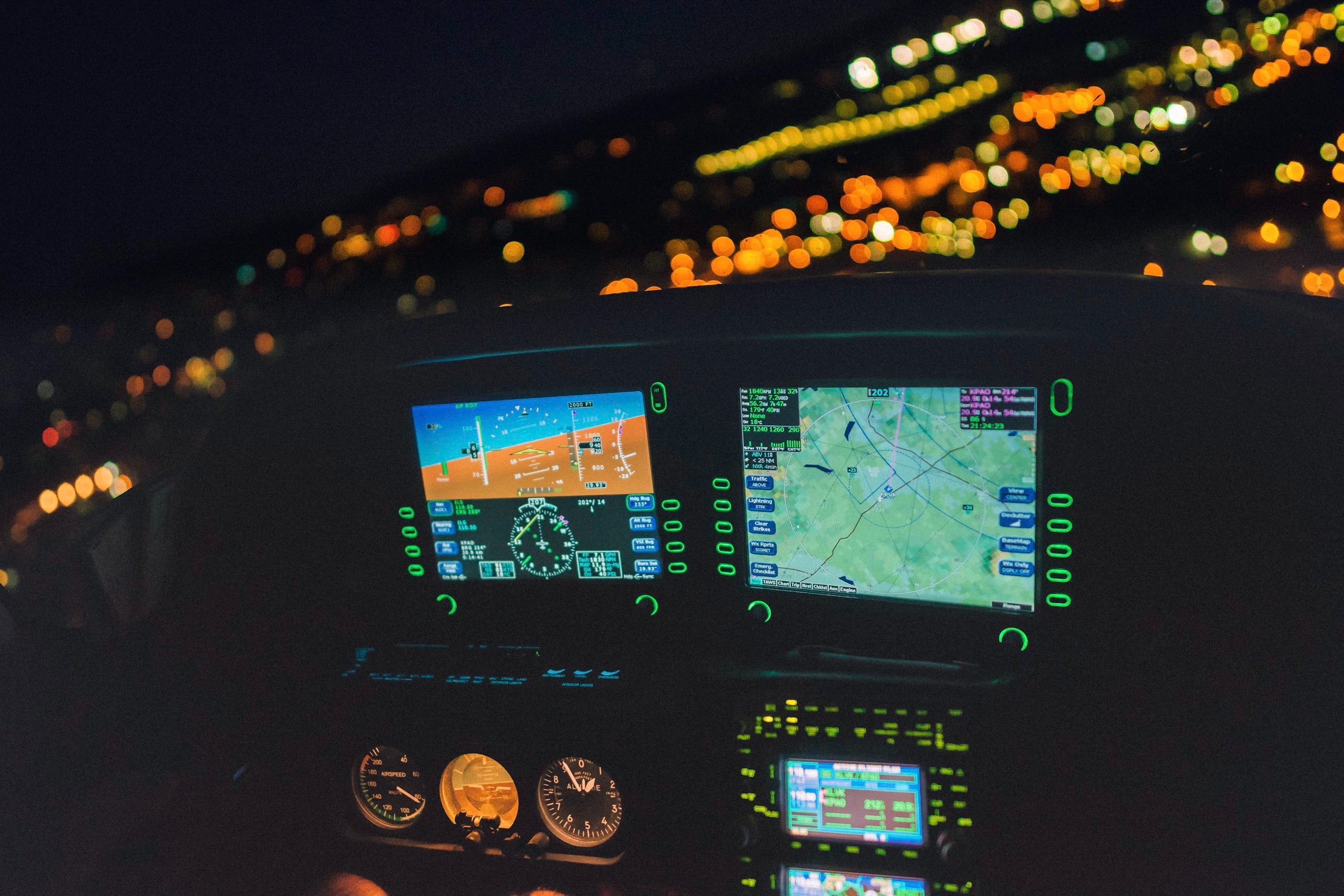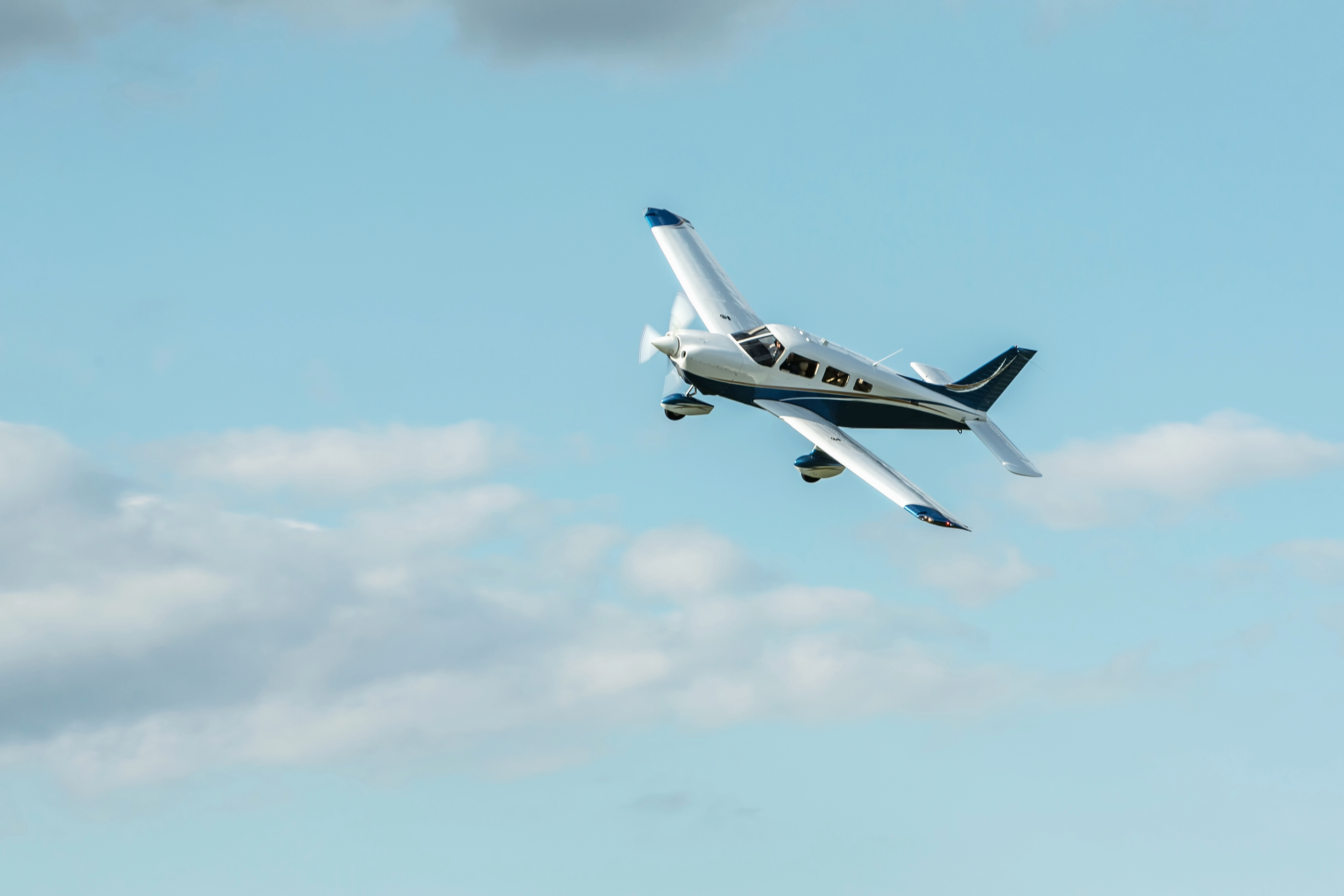In the wee hours of the morning on August 29, 2020, the pilot and sole occupant of a Cirrus SR22 perished following a GPS approach into Lawrenceville-Vincennes International Airport (KLWV) in Illinois. The approach represented the end of a long night for the 44-year-old private pilot, who had departed from Tampa, Florida, at 2046 EDT the previous night. Following a stop at Sullivan Country Airport in Indiana for indeterminate reasons, the pilot set off for KLWV at 0211 EDT. The flight was only 22 miles in length.
The Flight
ATC cleared the pilot to climb to 2,600’ and fly direct to JEBDU waypoint, the initial fix for the RNAV GPS runway 18 approach. The Cirrus crossed JEBDU and continued southwest before turning left towards the final approach course (which required a 180-degree turn). The aircraft remained west of final until a bit after LUKMY (the final approach fix). It passed abeam of LUKMY at 2200’ and continued inbound with an average speed of 116 knots, descending at an 800 feet per minute (FPM) rate of descent. The airplane impacted trees and terrain 1.5 miles short of the runway.
Three different straight-in minimums are published for the RNAV to runway 18. Two require a computer-generated glide path (LPV and LNAV/VNAV).
The two glide path approaches utilize a decision altitude (DA) for approach minimums. If the runway lights or environment are not visible at the DA, then the pilot must commence a missed approach. The LNAV approach, on the other hand, utilizes a minimum descent altitude (MDA), which is the altitude where the aircraft must level off unless the pilot establishes visual identification of the approach lights or runway environment. From there, the aircraft is allowed to continue the descent to touchdown utilizing normal maneuvers (those without an excessive rate of descent).
What Went Wrong?
The first thing to note regarding the approach was that it was relatively stable. When crossing the FAF, the aircraft was a bit west of course, but the pilot centered it on the final approach course soon after. A descent rate of 800 FPM is a touch high for a three-degree glide path at 116 knots but perfectly within standards for a descent to an MDA.
The airspeed itself was perhaps a bit excessive. The SR22 is a Category A (CAT A) aircraft for approaches (with a target airspeed of 90 knots). Yet, flying at a faster airspeed is not always a bad idea. The only caveat is that if the aircraft is flying at a higher airspeed, the minimums associated with that speed are limiting (CAT B minimums would apply at 116 knots). In the case of the RNAV GPS Runway 18 approach into KLWV, the minimums were identical for both categories.
For the most part, the risk of carrying extra speed in a light single is minimal, with the advantage being that the extra airspeed can pad the margin in case of wind shear, icing, or a mechanical failure on final. The only real danger of additional speed in a light single is that things happen faster, making it more challenging to stay ahead of the airplane. If a pilot maintains the speed late into the approach, runway distance requirements will increase.

If the pilot was flying the LNAV (and it seems likely that he was), the approach was reasonably stabilized all the way to the MDA. It seems clear that the pilot failed to level off at this point. He simply continued the descent until he impacted the terrain. In nighttime conditions with low ceilings and prevailing fog in the area, he likely had no idea how perilous his condition was until it was too late.
The pilot likely was experiencing some form of fatigue at this point as well. 0200 represents the very beginning of the nighttime window of circadian low (WOCL). Even if the pilot had established a sleep pattern on the backside of the clock, it is a difficult time to fly nonetheless. That is not to say a pilot cannot safely do it (red-eyes are a part of aviation life), just that third-shift flights automatically qualify as a risk factor.
Low visibility and ceilings represent another threat. Transitioning from the takeoff phase to the approach phase within 22 miles adds another.
The pilot had replaced the Garmin avionics in his aircraft with an Avidyne system the day before the accident. While he obtained aircraft-type training on the SR22 from Cirrus a month before the crash, there is no indication that he had any specific training on the new avionics package.
The Bottom Line
If you generated a point value to assess the degree of risk each threat presented on the flight, the sum would be very high. The combination of backside-of-the-clock flying, a new avionics system, poor weather, a non-precision approach, and a relatively new aircraft type (the pilot purchased the airplane less than two months before the accident) all conspired into the broad event horizon that the NTSB classifies as “controlled flight into terrain” (CFIT).
All flights involve some form of risk. Many flights involve special circumstances that increase the risk the pilot will encounter. Simply acknowledging the threats is sometimes enough to mitigate the potential for tragedy. However, once you hit critical mass, pulling the plug is the only safe option — even when only 22 miles separate you from your destination.
For more information on this flight, you can read the full NTSB report here.
Share this
You May Also Like
These Related Articles

How Circling Approaches Go Wrong
.jpg)
Performing a Thorough Instrument Cockpit Check
